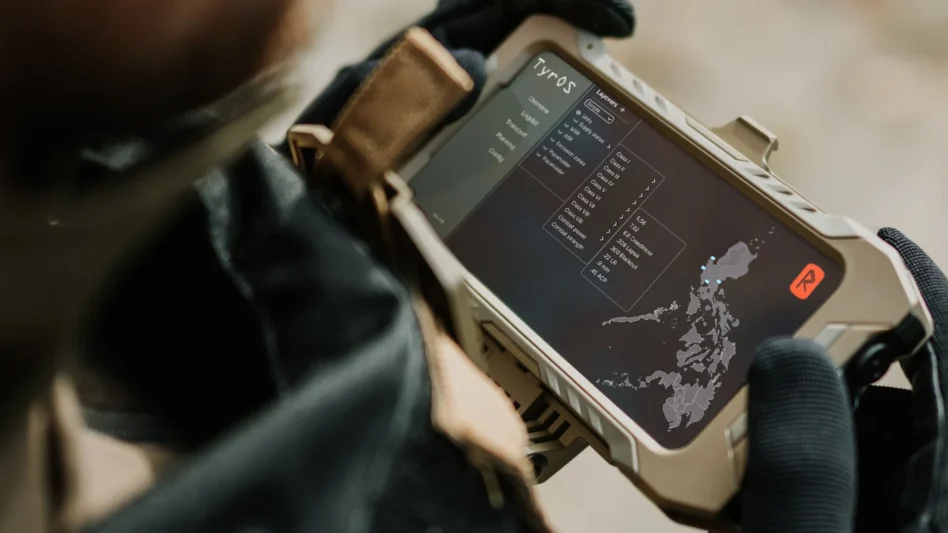Rune is on quite a run. On Wednesday, the military logistics and sustainment software company announced it won a Cooperative Research and Development Agreement (CRADA) with the Army, partnered with the Marine Corps Warfighting Laboratory, and secured investment from In-Q-Tel. No mid-week slump here.
Sustainment star: Rune, which raised a $24M Series A back in July and partnered with supply chain visualization company Altana earlier this month, is off to a hot start since its founding last year.
Looks like making software for the “unsexy” parts of the military, as CEO David Tuttle and CTO Peter Goldsborough recently put it to Tectonic, is starting to turn some heads in the Pentagon. Here’s why the military is so hot on Rune’s flagship TyrOS software:
- It uses AI and tons of data to track and move stuff more quickly and accurately than the Excel spreadsheets and whiteboards military logisticians are used to.
- It’s designed to be “offline first” and run on low-connectivity edge devices down to “the crappiest Dell laptop,” according to Tuttle, keeping human logisticians in the loop.
- It’s built to provide air, land, and sea logistics support across domains.
Contractapalooza: In its pilot contract with the Marine Corps Warfighting Lab (MCWL), Rune will team up with the Science and Technology Division to develop and deliver logistics and sustainment decision-support software focused on inventory management, personnel readiness, and distribution optimization.
For the Army CRADA, awarded through DEVCOM and the Combined Arms Sustainment Command (CASCOM), Rune will work on developing baseline data standards for the Army’s logistics in line with the Army’s Unified Data Reference Architecture (UDRA) and Modular Open Systems Approach (MOSA), particularly with an eye on the Army’s Next-Generation Command and Control (NGC2) efforts.
They’ll also make sure TyrOS can live in “an ecosystem of companies” by integrating TyrOS into existing Army systems and working with other companies to develop data connectors and APIs across logistics platforms, especially in those not-so-stable environments warfighters might find themselves in.
Even though there are “nuances and differences” between the Army and Marine Corps’ logistics, Rune’s focused on building a “software system that can meet the needs of Army, Marine Corps, and Air Force logistics,” according to Tuttle. “That’s fundamental to our military doctrine. We’re going to fight as a joint force, so this needs to be a joint-capable product offering [that] takes into account all those unique differences across the services.”
At the edge: For an unsexy part of the military, logistics is getting some time in the sun, with a growing list of startups like DEFCON AI and Gallatin AI, and not-so-startups like Palantir, offering AI-powered logistics and decision support software.
Rune’s “fundamental differentiator,” Tuttle told Tectonic, is that they’re laser-focused on logistics as “a bottom-up-driven warfighting function, [and] we deploy software down to the lowest tactical levels so that we can feed consumption, expenditure, and personnel data up echelon.”
“Our engineering and product team has spent years building software for the edge in resource and bandwidth-constrained environments,” he added.
New friends: That wasn’t all in Rune’s mid-week dump. They also secured funding from In-Q-Tel, the government’s national security non-profit venture arm. “We’re really excited to have them on the cap table as investors along with our private capital providers on the venture side,” Tuttle said.
To Tuttle, In-Q-Tel pulling up a seat at the table is a signal that “the government’s investment arm is saying this is an important problem set to look after, and we are the company that they feel can actually help the force here.”
“We’re following in a tradition of some really great companies that also had In-Q-Tel investments in their early stages,” he added. We can think of a certain omnipresent company with a $400B+ market cap and eccentric CEO he might be referring to.

